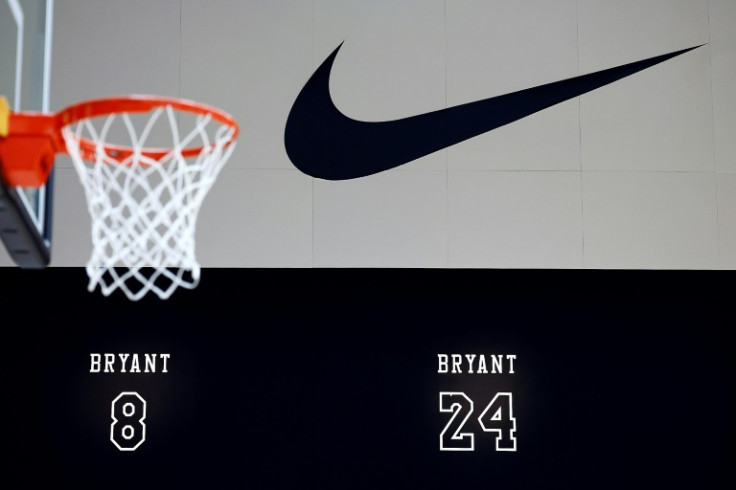Nike Stocks Rise Despite Smaller Sales, Profit Drops: Why They're Still Winning Amidst Tariff Woes

Popular apparel brand Nike has seen its shares rise significantly higher than usual following the release of its Q1 2025 results despite what seemed to be its 'worst earnings yet'. Its stocks, recorded at 10% higher than its current stock trend, are a stark contrast to the drastic drop in sales of the brand, especially as they are expected to make 'significant changes' to its pricing amidst tariff woes in the US.
Stock Jumps Benefit Counterparts
Following the stock's post-earnings jump of around 10–11%, HSBC upgraded its rating to 'buy,' and peers such as Adidas and Puma also experienced gains.
The upgrade follows HSBC's observation of Nike's 'clear signs' of being on track for a sales rebound soon, even as it contends with challenges like possible tariff pressures that may squeeze gross margins in fiscal 2026.
It also highlighted that Nike plans to finish its inventory clearance within the next two quarters. While Air Force 1 stock levels are returning to normal, excess Dunk inventory still needs to be worked through. Once this process is complete, HSBC expects most of Nike's product lineup to be refreshed and appealing to consumers.
What Nike's Q1 2025 Results Tell Us
Nike's fiscal Q1 2025 results signal gradual stabilisation amid its turnaround push. Revenue dropped 12% year-over-year to $11.1 billion (£8.09 billion), yet beat expectations thanks to improved margins. Gross margin narrowed to 40.3%, down 440 basis points due to discounting and mix shifts.
Net income plunged 86% to $211 million (£153.82 million), reflecting clearance efforts and increased marketing spending. Wholesale revenue fell 9% to $6.4 billion (£4.67 billion), while direct sales were down 14% at $4.4 billion (£3.21 billion).
Meanwhile, management forecasts Q2 revenue to decline in the mid-single digits, with gross margin expected to contract by an estimated 350–425 basis points, factoring in a ~$1 billion (~£730 million) tariff headwind.
Two Tales from Nike's Viewpoint of China
In Nike's latest Q1 2025 earnings call, Matthew Friend, Executive Vice President and Chief Financial Officer at Nike, highlighted continued growth and interest in the brand in China, noting popular figures such as the late Kobe Bryant being a vital cultural point for Chinese consumers to patronise the brand. Moreover, Matthew stated that classic franchises remain a popular option in the market, providing an opportunity for them to enhance their franchising strategies in the country.
'Even though we've moderated our near-term expectations for China for the remainder of this year, sport is a growth industry in China. Sports participation is on the rise, and we believe that we're optimistic about the long-term possibilities for Nike in Greater China,' he said.
It is worth noting, however, that with the impending tariff crosswind, Nike is set to experience increased costs on products manufactured overseas. Matthew said that they expect to relocate some of their supply lines in China to other markets to mitigate the high costs of tariffs.
'First, we will optimise our sourcing mix and allocate production differently across countries to mitigate the new cost headwind into the United States, despite the current elevated tariffs for Chinese products imported into the United States,' Friend said. 'Manufacturing capacity and capability in China remains important to our global source base.'
Attempt to Stabilise Operations
Looking ahead, Nike's path remains challenging but promising as it works to regain momentum in a shifting retail landscape. While the company faces headwinds from looming tariff pressures and tighter margins, its commitment to clearing excess inventory and refocusing on core product innovation could help stabilise growth in coming quarters.
Investors will be watching closely to see if Nike's cost controls, pricing adjustments, and supply chain diversification can offset external pressures and reignite demand. With cautious optimism, the sportswear giant aims to demonstrate that its turnaround strategy has a lasting impact as it navigates an uncertain global trade environment.
© Copyright IBTimes 2025. All rights reserved.




















